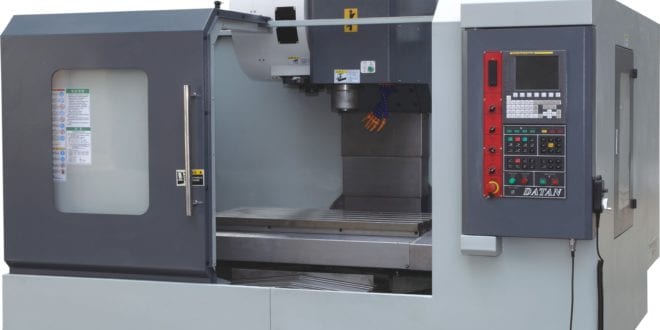
What are the Advantages of CNC Machining vs Manual Machining? the advantages of cnc machining CNC (Computer Numerically Controlled) machining is a manufacturing procedure in which pre-programmed computer software application determines the motion of factory tools and equipment. Utilizing this type of device versus manual machining can result in enhanced accuracy, increased production speeds, improved security, increased effectiveness, and most of all cost savings.What are the Benefits of CNC Machining?
The precision of the CNC device makes sure consistent item quality. The procedure is more accurate than manual machining and can be duplicated in exactly the very same manner over and over again.
Increased production speed and increased effectiveness. Computer systems are used to control the devices, the procedure is automated for that reason increasing speed and quality of production. Considering machines do not tire or require breaks it makes it more effective than manual machining. Among the main advantages for the operators of CNC machines is safety. Utilizing CNC machines are much more secure than manually operated devices as they work behind a guard or perhaps a closed, transparent security door.
CNC Machining is more cost effective. Traditional machining needs one operator per machine. CNC machining requires fewer device operators given that one competent operator can run a number of makers at one time. Given that the CNC is so precise it reduces errors from the manufacturing process and gets rid of unnecessary waste. CNC Machining Solutions for Customized Applications
Eagle focuses on Swiss CNC Machining, providing a few of the most elaborately formed stainless-steel parts offered in the market. We're capable of working in diameters ranging from 0.030 ″ to 2 ″, allowing us to meet the special requirements of even the most demanding applications. For more information on our Swiss CNC machining services and abilities, simply call us or ask for a quote today.Half a century back, machinists were always responsible for crafting every single piece to perfection. These abilities are still required, but when it comes producing the same piece at high volume and high accuracy, digital devices are greatly superior. That's where Computer System Numerical Controlled (CNC) machining can be found in. CNC machining is a manufacturing method that utilizes pre-programmed computer software application to control machining tools. This innovation can be used to carry out a variety of complex procedures, including grinding, routing, milling, punching, turning and lathing. CNC machining changed the industry in the 1960's and is the dominant approach of machining today. It is very important to understand the different advantages and drawbacks of using this technology in your production operations. Continuous Use: Unlike manual work, CNC machinery (disallowing any breakdown or maintenance problem) can work continually over any time period without a break. This considerably increases productivity and effectiveness. Consistency, Accuracy and Redundancy: With computer system software, the design of any provided item just needs to be configured when. The CNC maker can then completely replicate that design, for any order quantity. Low Skill Requirement: CNC device operators need little training and ability when compared to manual maker operators.
Less Personnel: Because computer software controls the machinery, fewer specialists are needed for operation and oversight, cutting general costs. Flexibility: The software can be reprogrammed quickly and easily to produce different parts, permitting operations to stay up to date with moving client demands. Capability: This technology utilizes computer precision to exceed the restrictions of manual capabilities. More intricate and detailed operations are possible with CNC machining. Expense: CNC devices are more costly and require a higher preliminary investment than machines that can be run by hand. However, as this innovation becomes the standard, supply is increasing leading to costs slowly decreasing.
Abilities Loss: As the demand for manual machine operators reduces, fewer and less new trainees adopt those abilities. This could ultimately result in the total loss of long-preserved skills.
Joblessness: Automation decreases the requirement for manpower, and less laborers are employed. That said, the requirement is now shifting to software application Die Fabrication engineers and mechanical engineers, and education and training will need to adapt to fulfill that need. For more information on the skills space in the manufacturing market, referral this blog post.